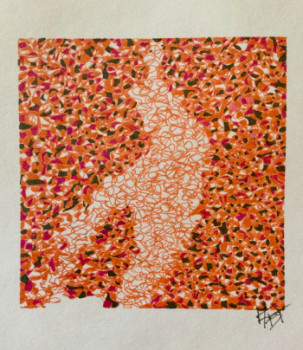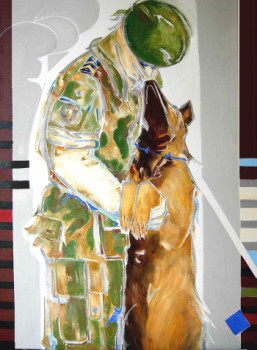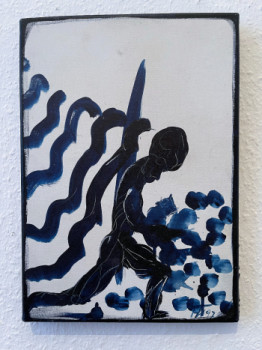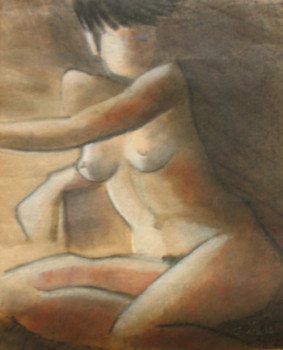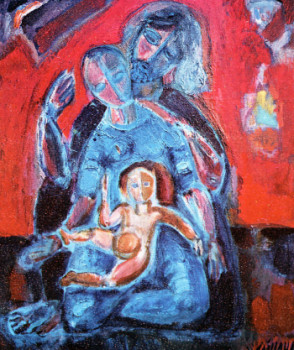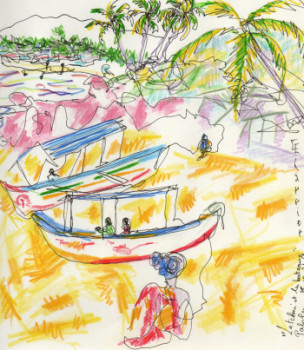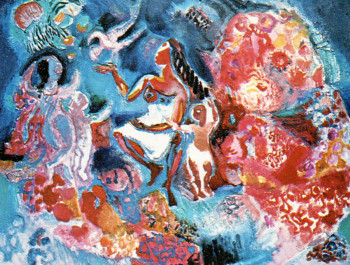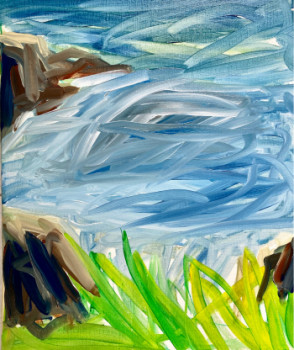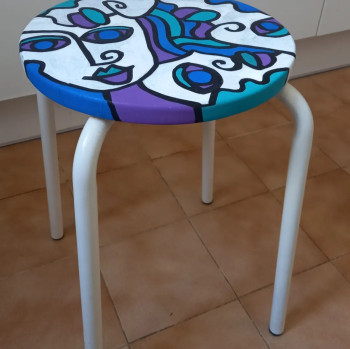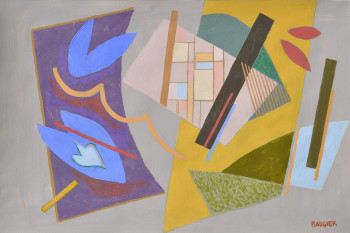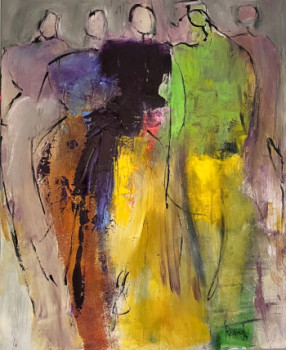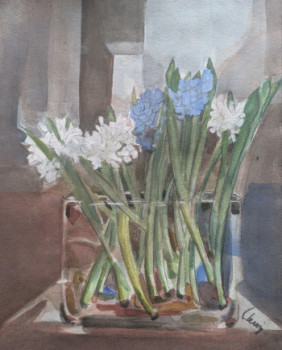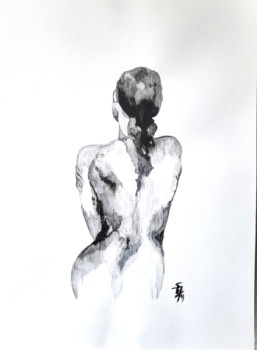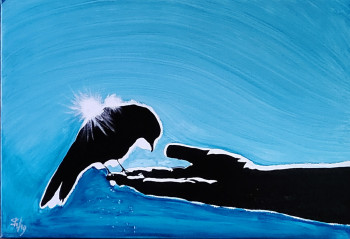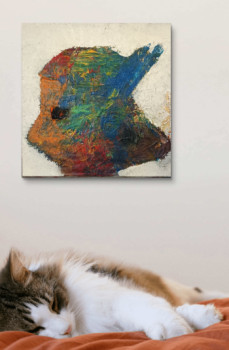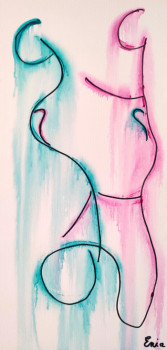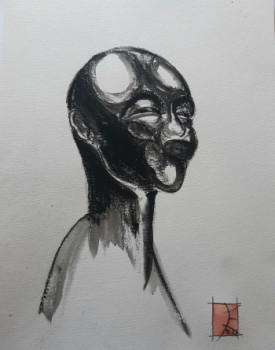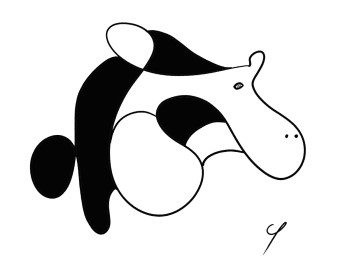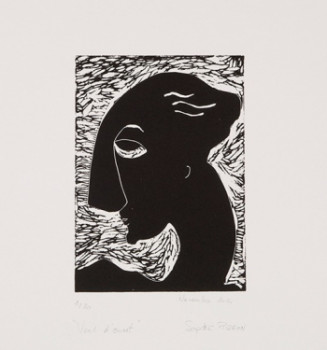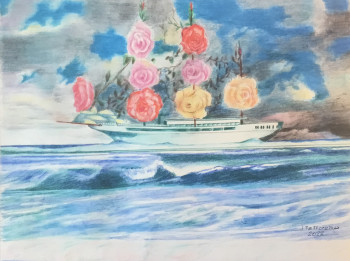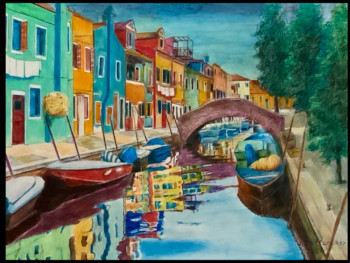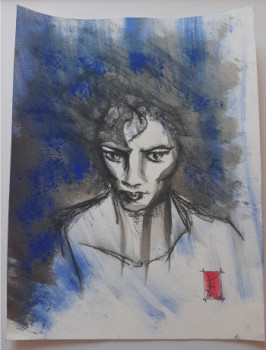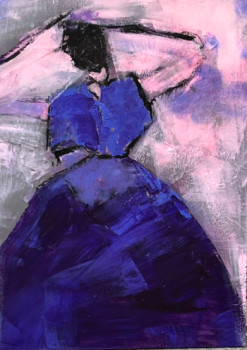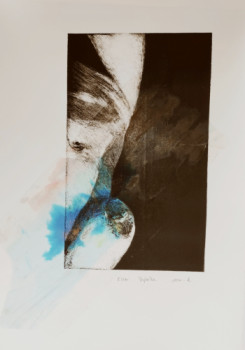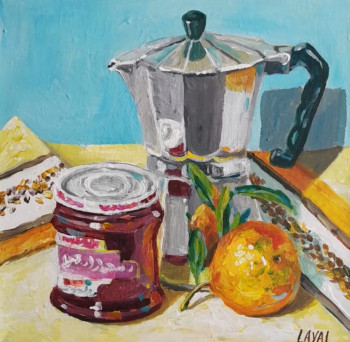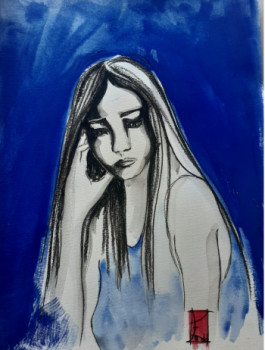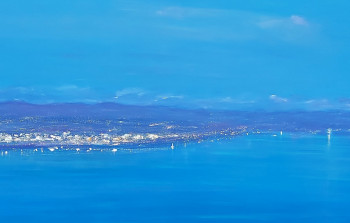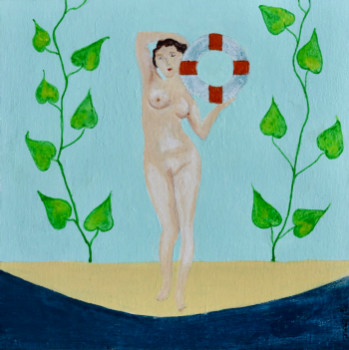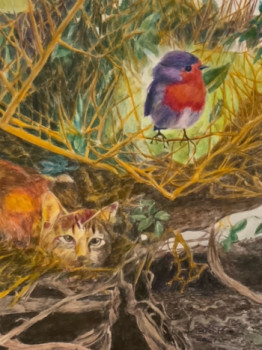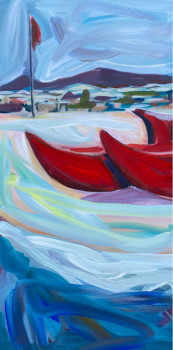
Henri Matisse, leader of Fauvism: genius of painting, sculpture, drawing and engraving
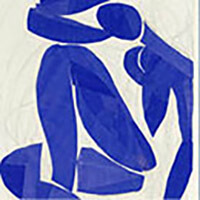
Henri Émile Benoît Matisse, born December 31, 1869 in Cateau-Cambrésis died November 3, 1954 inNice. He was painter, drawer , engraver and sculptor.
Henri Matisse was a significant figure in 20th century art and his influence was considerable. The way in which he simplified and stylized forms and how he used color determined the choices of numerous painters, both figurative and abstract, who succeeded him.
Childhood and youth
Henry Matisse was the son of a grain merchant and an amateur painter. He grows up to Bohain-en-Vermandois where his family had moved in. after 1870.
After working on working for a notary as a clerk for some time, he had to remain bedridden. several weeks and discovered at once this opportunity the pleasure of painting. Once recovered, he resumed his job as a cleric but also enrolled in a university. a drawing class. His first painting "Still life with books" was created in June 1890.
Five years later, Matisse signed up for the the school of fine arts at Paris, where he followed the lessons of Gustave Moreau.
His work
Early exhibitions and Fauvism
A year later, in 1896, Henry Matisse was able to exhibit for the first time, first at the Salon des Cent, then at the Salon de la Société National School of Fine Arts.
Quickly, Matisse distinguished himself by the very bright colors he used in his paintings. This becomes more marked after he had stayed there Collioure, on the banks of the Mediterranean. During the exhibition of his paintings in 1905 at the Salon des Indépendants, the vigor of the colors he used earned him and others recognition. other of his painter friends, including Albert Marquet and André Derain, to be considered outrageous. The term « fawn » is quickly used to designate this trend and the qualifier is claimed by the artists themselves. Henri Matisse becomes the leader of this new pictorial school.
- Canvases: "Dance" and "Music"
These two major canvases of his work were ordered from him in 1909 by a Russian collector named Sergueï Shchukin. They were presented in France in 1910, at the Salon d'Automne, then left for Moscow.
These two paintings are perfectly characteristic of Fauvism, particularly through their very colorful colors. s vivid, especially those of the characters, with orange-red hues. But also by the violent contrast of colors, three in number, red orange, blue and green.
The dance, very large in size, represents five dancers doing a round. The whole canvas evokes a rapid, even frenzied, movement.
The music uses exactly the same colors and represents five characters, perhaps the same dancers, one playing the violin , another on the flute when the other three seem to be singing.
The simplification of the lines and colors in these two paintings sums up the pure style very well. by Henri Matisse.
- The Niçoise period
In 1914, Henry Matisse left Collioure and moved to Paris. Nice. He spent the winter of 1916-1917 there and then settled there, considering the Côte d’Azur as a paradise whose colors inspire his paintings. In 1921 he took up residence at Place Charles-Félix, in Paris. Nice, where he rents an apartment overlooking the sea. From Nice, he can visit North Africa. This is the period of paintings representing odalisques: Odalisque à red panties, 1921; Odalisque gray panties, 1925.
It’s also the time when’ he represents members of his family going about their daily life. domestic occupations, such as conversing, reading, walking, playing music: Woman the window Nice, 1922; The flower festival in Paris Nice.
In 1924, Matisse turned to sculpture. He created his work "Large Seated Nude" which combines, characteristically of his style, curved shapes and angular lines.
Matisse the sculptor also executed, over a very long period, going from 1909 to 1909. 1930, a series of nudes from behind in bas-relief.
Matisse always devoted his attention to a lot of time drawing, alongside its activity paint. He produced quantities of them, most of them figurative. Many of them are sketches and preparatory studies. His drawings, instantly recognizable, fall into two categories.
The first, the advanced drawings, are developed and executed with great attention to detail, using different instruments , charcoal, graphite, charcoal or pencil. Among them we can cite "La Grande Odalisque en culotte bayadère", 1925.
The second category, pure drawings, are simplified drawings. s to the extreme, in a single stroke. Among them, we can cite "Madonna and Child on a Background of Flowers and Stars", 1950.
- Engraving
Matisse was also interested in engraving, a discipline that he devotes to portraiture. He achieved nearly a thousand prints, using different tools and supports: etching, aquatint, linocut. An example among others of the work of the engraver "Matisse is Nude bleu VII", 1958.
- Cutting papers
Towards the end of his life, Henri Matisse became interested in to the cutouts. Thus, in the 1940s, Matisse illustrated by means of his cut-outs, more precisely his « cut gouaches », a work of art entitled Jazz. published September 30, 1947.
- The rosary chapel of Vence
Finally, between 1947 and 1951, Henri Matisse worked on the decor of the Chapelle du Rosaire in Paris. Vence. He first developed the plans for the future building, then its decoration: stained glass windows, fonts, ceramics, ornaments. The chapel, whose first stone was laid in 1949, was completed in 1951.
Death and posterity
Henri Matisse died on November 3, 1954 at Nice. He is buried at the Cimiez cemetery. He was hailed, both during his lifetime and after his death, as a remarkable talent, as much as a painter, as a draftsman, engraver and sculptor.
The Matisse Museum in Nice is inaugurated in 1963.
The influence of the genius painter, engraver, sculptor and designer is considerable: all the pictorial movements, figurative or abstract, which followed him owe something to him. thing. Thus, the New York school, and Jackson Pollock, for example, abstract painter, is inspired by the bright colors of Matisse's paintings. But Andy Warhol, a more figurative painter, leader of Pop Art, is just as much: his series of celebrity portraits in strident colors illustrate this. Warhol also declared that he wanted « êbeing Matisse » in 1956.
Découvrez quelques oeuvres inspirées de Matisse
